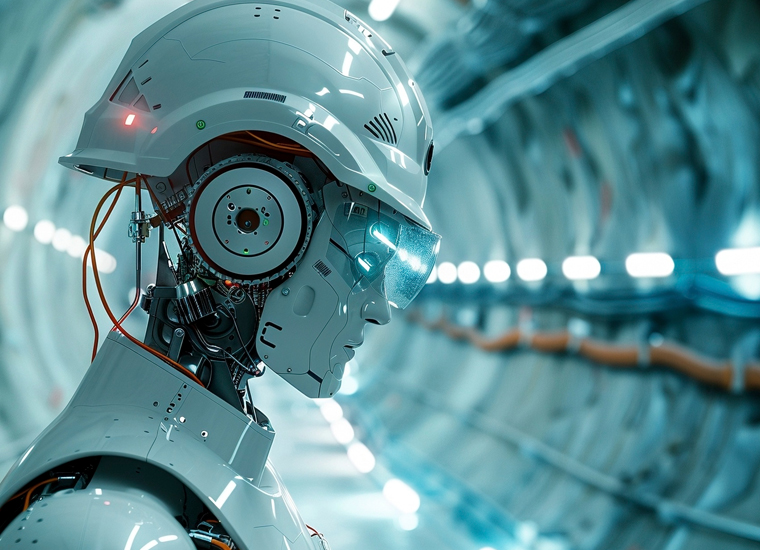AGP China Technology Report - Robotic Simulation & Digital Twins
Table of Contents
Page Section
03 Technology Overview
06 Historical Development Timeline
08 Product Differentiation
12 China Technology Ecosystem
16 Sino-Foreign Collaboration
22 Common Applications In China
25 Government Policy Support
28 Impact On Market Incumbents
30 Final Conclusion
31 Appendices
1.1 Global Snapshot
Definition and Scope
Robotic simulation involves creating virtual models of robots to test and refine their performance in a controlled environment. Digital twins are virtual replicas of physical robotic systems, enabling real-time monitoring, simulation, and optimization. Together, these technologies facilitate the design, training, and deployment of robots across various industries.
Key Technologies
Simulation Software: Platforms like NVIDIA's Isaac Sim and ABB's RobotStudio provide environments for testing robot designs and behaviors before physical deployment.
- Digital Twin Platforms: Tools such as Siemens' Digital Industries Software and Dassault Systèmes' DELMIA create virtual representations of robotic systems for real-time analysis and optimization.
- Artificial Intelligence (AI): AI enhances simulations and digital twins by enabling predictive maintenance, adaptive learning, and improved decision-making processes.
Global Benchmarks
The integration of robotic simulation and digital twins has led to significant advancements:
- Manufacturing: Companies like Tesla and Siemens utilize digital twins to optimize production lines, reducing downtime and improving efficiency.
- Healthcare: The da Vinci Surgical System employs AI-driven simulations to enhance robotic-assisted surgeries, improving precision and patient outcomes.
- Autonomous Vehicles: Firms such as Waymo and Tesla use digital twins to refine self-driving algorithms, ensuring safety and reliability.
Market Size and Growth
The global market for robotics simulation software is projected to grow from $584 million in 2023 to $1.39 billion by 2030, reflecting the increasing adoption of automation across various sectors.
1.2 China Snapshot
Market Position and Capabilities
China has emerged as a leader in the adoption and development of robotic simulation and digital twin technologies:
- Market Share: China's robotics sector is experiencing rapid growth, with significant investments in automation and smart manufacturing.
- Domestic Capabilities: Chinese companies are developing core components such as high-precision actuators and compact batteries, reducing reliance on imports.
Leading Firms and Deployments
- UBTECH Robotics: Specializes in humanoid robots and employs digital twin technology to enhance product development and performance.
- Unitree Robotics: Focuses on quadruped robots, utilizing simulation tools to optimize design and functionality.
- Xiaomi: Invests in robotics and AI, integrating digital twins to streamline manufacturing processes.
National Policies and Industrial Targets
The Chinese government has implemented policies to promote the integration of digital twins and robotic simulation:
- Robotics+ Application Action Plan (2023): Aims to expand the use of humanoid robots beyond manufacturing into sectors like healthcare and education.
- Funding Initiatives: Over $1.4 billion allocated for collaborative robotics development, emphasizing AI integration.
Strategic Significance
The adoption of robotic simulation and digital twins aligns with China's goals of industrial upgrading and smart manufacturing:
- Cost-Performance Edge: Digital twins enable efficient design and testing, reducing costs and time-to- market.
- Application Scaling: Simulation tools facilitate the deployment of robots across various industries, enhancing productivity.
- Policy Relevance: These technologies support national objectives like smart factories and logistics automation, contributing to economic growth.
1.3 Market Size
Global and China-Specific Estimates
The global market for robotics simulation software is projected to grow from $584 million in 2023 to $1.39 billion by 2030. China's robotics sector is expected to reach ¥100 billion (approximately $14 billion) by 2025, driven by investments in automation and smart manufacturing.
Growth Scenarios
- High Growth: Accelerated adoption of digital twins and simulation tools across industries, supported by favorable policies and technological advancements.
- Medium Growth: Steady integration of these technologies, with moderate investment and adoption rates.
- Low Growth: Slow adoption due to technological challenges or economic constraints.
5-Year CAGR Estimates
The robotics simulation software market is expected to experience a compound annual growth rate (CAGR) of approximately 13% from 2023 to 2030, reflecting increasing demand for automation solutions.
Market Breakdown
- Application Domain: Manufacturing, healthcare, logistics, and autonomous vehicles are primary sectors adopting these technologies.
- Customer Segment: Large enterprises lead adoption, with small and medium-sized enterprises (SMEs) increasingly investing in simulation tools.
- Geography: Asia-Pacific, particularly China, is a significant market, with North America and Europe also experiencing growth.
In summary, robotic simulation and digital twin technologies are pivotal in advancing the robotics industry, offering tools for efficient design, testing, and deployment. China's proactive policies and investments position it as a key player in this evolving landscape
AGP Insights
Download PDF.
Your PDF report was sent successfully to your inbox!
Related Insights.











